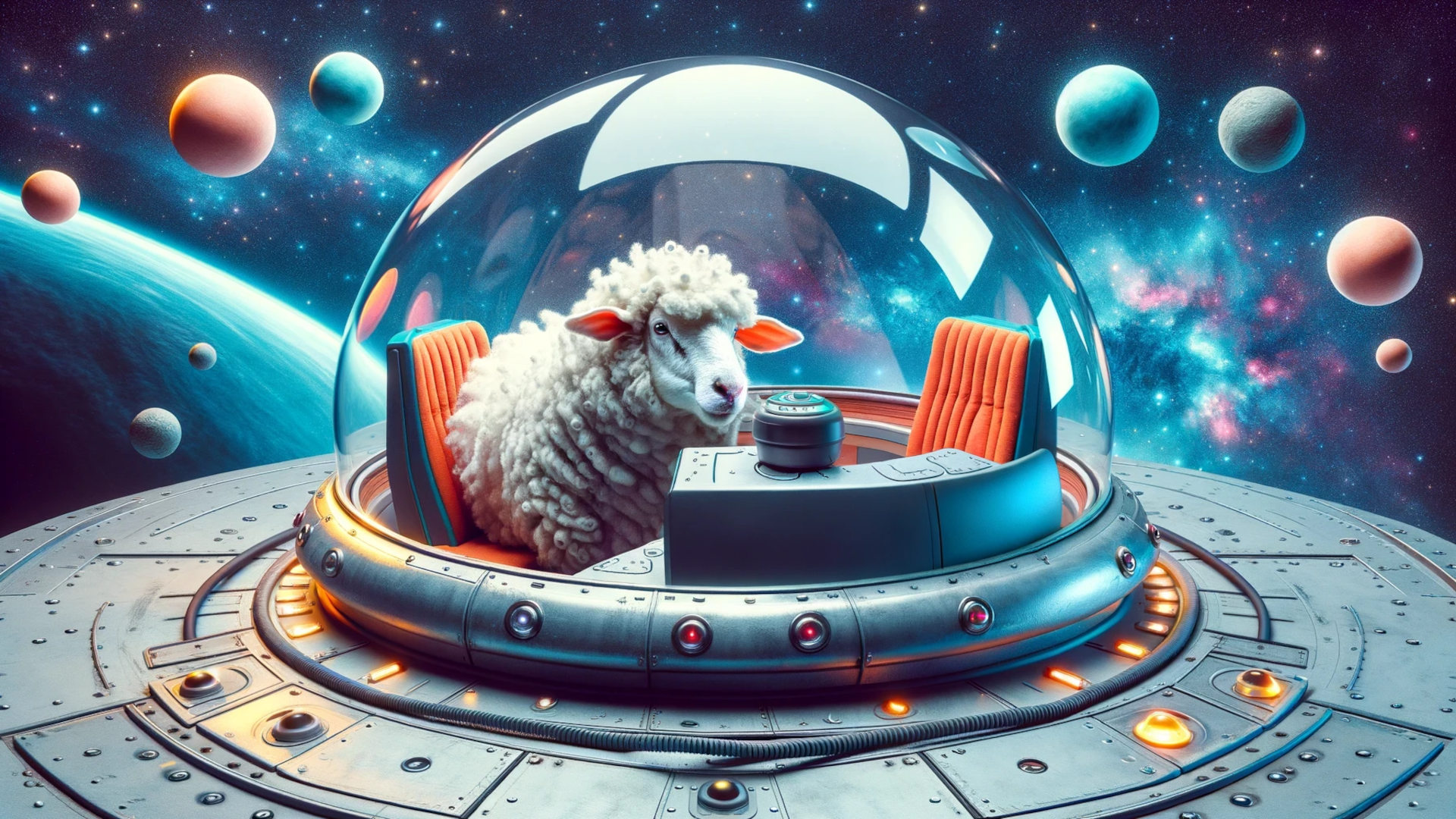Step aside, boring textbooks! Let's talk about the cool kids on the block: autonomous agents. Imagine a bunch of mini superheroes, but instead of capes and superpowers, they have sensors and software. They're not just sitting around—they're out there in the world, sensing stuff, making decisions, and hustling to achieve their own goals.
So, who coined the term? Over the years, definitions have varied depending on who you ask. According to the OGs like Brustoloni and Maes, these agents are all about acting on their own in the real world, making moves without any human hand-holding. Franklin and Graesser (1997) propose a definition that an autonomous agent is a system situated within and a part of an environment that senses that environment and acts on it, over time, in pursuit of its own agenda and so as to effect what it senses in the future.
The concept of autonomous agents has its roots in the early theories and demonstrations of artificial intelligence (AI) based on computers' abilities, with Alan Turing and Claude Shannon being pioneers in this field. The term "autonomous agent" has been used in various contexts, including agent models, ambient intelligence, autonomous agency theory, embodied agents, intelligent agents, intelligent control, and multi-agent systems.
Fast forward to today, and autonomous agents are the talk of the town in tech circles, especially in the marketing game. Imagine AI so smart it can whip up a personalized ad before you can say "targeted marketing" or predict market trends like a crystal ball.
Autonomous agents and traditional agents differ in their capabilities and how they interact with their environment. Traditional agents are rule-based systems that follow strict guidelines and are designed to perform specific tasks. In contrast, autonomous agents are intelligent systems that can make their own decisions based on their programming, learning, and the data they perceive. These agents can adapt to their environment and learn from their experiences, making them more versatile and capable of handling a broader range of tasks. Autonomous agents can also use external APIs to find specific information or carry out simple actions, enabling them to redesign and automate entire workflows. They can make choices, learn from their moves, and engage with their setting in ways that were once thought to be the sole domain of humans.
In summary, autonomous agents are more adaptive and capable of making decisions based on their environment and goals, while traditional agents are rule-based and require explicit instructions for every action. The deployment of autonomous agents en masse is expected to fundamentally change the internet and various industries, as they can handle a broader range of tasks and adapt to their environment.
But there's a cherry on top: Large Language Models (LLMs) like GPT-4, Claude, Llama or Mistral. These bad boys lend their brains to autonomous agents, giving them a boost in understanding and generating human-like language. This isn't just about chatting; it's about making these agents savvy enough to handle complex tasks and interact smoothly with humans and each other. However, integrating LLMs isn't without its challenges—think safety, trust, and transparency issues that need some serious brainpower to solve.
In summary, LLMs have a transformative impact on autonomous agents by providing them with natural language understanding capabilities and enabling them to learn from their experiences, adapt to their environment, and communicate more effectively with humans and other agents.
LLM-powered autonomous agents have various use cases across different industries and applications. Some specific use cases for LLM-powered autonomous agents include:
- Customer service chatbots: LLM-powered agents can be used to create chatbots that can handle customer queries, provide personalized responses, and even perform tasks like booking flights or resolving issues.
- Automating complex business workflows: LLMs can be used to automate business processes, such as document summarization, patient record summaries, and even creating legal agreements by combining clauses from existing agreements.
- Assisting in scientific discovery: LLM-powered agents can be used to handle autonomous design, planning, and performance of complex scientific experiments, such as developing a novel anticancer drug.
- Generative agents: LLM-powered agents can be used to create believable simulacra of human behavior for interactive applications, such as Generative Agents, which simulate human-like behavior in a sandbox environment
- Enterprise Software 2.0: In the future, LLM agents are expected to become the core command center of enterprise software systems, understanding domain-specific enterprise knowledge and dynamically calling different tools to automate task completions.
So, buckle up! Whether it’s chatbots that can book your next holiday or software that can brainstorm the next big scientific breakthrough, LLM-powered autonomous agents are changing the game. And with each advancement, they're getting closer to becoming an indispensable part of our digital universe.
Unlock the Future of Business with AI
Dive into our immersive workshops and equip your team with the tools and knowledge to lead in the AI era.
